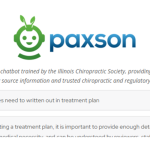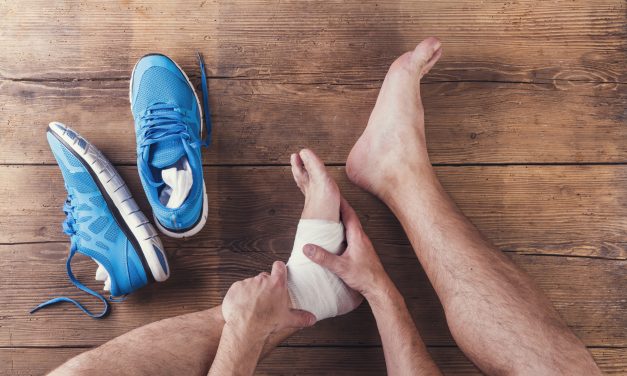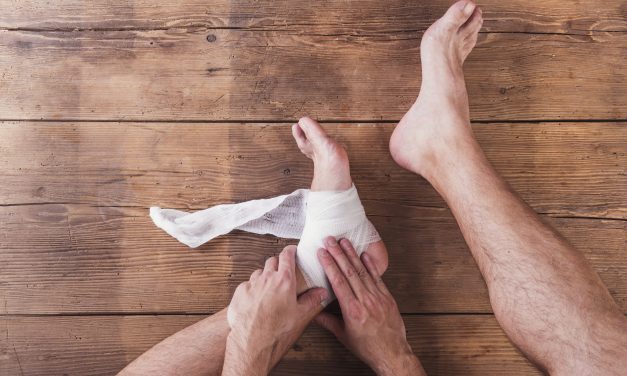
Biceps Tendinopathy
Biceps tendinopathy describes a painful inflammation or degeneration of the tendon of the long head of the biceps. (1,2) The term “tendinopathy” may suggest either an inflammatory or degenerative origin. (3) In the case of a recent acute insult, inflammation (tendinitis) may be a valid explanation. However, current evidence suggests that many cases of tendinopathy occur without inflammation and are the result of chronic overload, which leads to microscopic tearing, failed healing and subsequent degenerative changes within the tendon. (3) Injuries that have been present over three months consistently demonstrate fibrosis and degeneration with very little inflammation. (3)
Read More



















